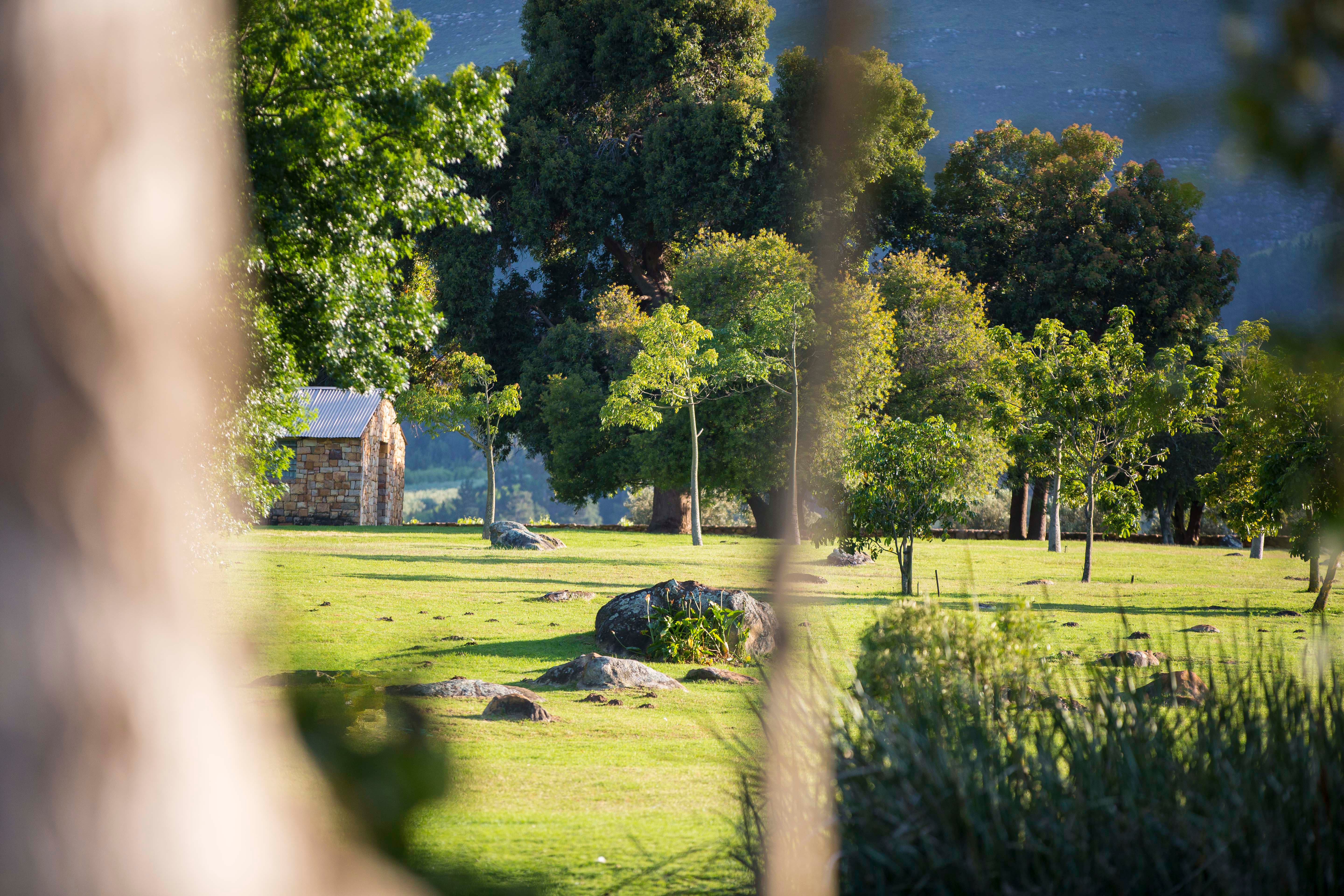The older the better!

In the world of wine, you often hear the words “the older the better” and most often that individual will be referring to a bottle of wine, but what if I told you that an older vine is also an important part of crafting incredible wine?
Age is something we as humans all try to hide from but there is nothing more elegant, more beautiful, or more impressive than an aged bottle of wine or an aged vine.
A vines lifecycle
Before a vine is planted in the ground the plant has to undergo a grafting procedure, most vineyards that you see today have all been grafted onto American root stock systems. The American root stock is a hardy and resilient root stock and is resistant to almost all pests and diseases.
After you plant a vine one would have to wait up to three years for the vine to reach a maturity level where it can start producing fruit and then only once the vine has reached 10 years old will a noticeable jump in quality be seen. This jump in quality also comes with a noticeable decrease in quantity, as a vine grows older the yield will start to diminish.
What else happens as a vine ages?
- The roots become more developed into the earth
The roots bury deeper into the earth and become more integrated into the soil profiles. This allows the vine to gather nutrients and water from the lower layers of soil, and means that the vine is uptaking a higher quality of nutrients which it can utilise to grow a higher quality grape. The added benefit is that these vines gather their water from the lower layers which means there is a lesser effect on the vines from natural aspects such as drought. - There is a higher concentration in the fruit
Old vines are known to lose quantity in their yield. The trade-off with the loss in quantity is that the vines can concentrate more nutrients to these fewer bunches thus increasing the concentration of the fruit and crafts more concentrated wine. - Guaranteed Ripeness
The main issue with ripening the berries is the tannins. Unripe tannins can taste green and bitter. Vineyards will notice that the older vines achieve ripeness more consistently. - They require less attention
Viticulturists of older vineyards will note that the vineyard won’t need as much furtilising as long as the vines are healthy. Still, one must be very careful not to damage the vine!
The Heritage Vine Project
The South African wine industry has been characterised by mass production, and vineyards are wanting the maximum tonnage per hectare possible to make a large volume of wine. These mass-production vineyards will only look to keep a vineyard until the yield diminishes to a point where the tonnage is detrimental to their production numbers.

This trend is being challenged by the initiation of the ‘Old Vine Project’ or ‘Heritage Vine Project’. The initiative was started as a means to protect older vines in South Africa. Once a vine reaches 35 years old it is inducted into the ‘Old Vine Project’. The project is a means to educate individuals on older vineyards, to preserve the beauty that is these older vines and to improve the general quality of wine in South Africa.It is easy to spot an ‘Old Vine Project’ wine on the shelf at a wine shop, as the bottle will be wearing the prestigious award sticker along its neck. Once you see this sticker you can guarantee the quality of that wine.
Some ‘Old Vine Project’ wines to look out for
- Kanonkop Black Label Pinotage
- Waterford OVP Chenin blanc
- Keermont Riverside Chenin Blanc
- Sadie Family wines Kokerboom semillon
And a big congratulations goes to Waterford Estate for their Chardonnay Vine reaching 35 years old this year. A massive achievement and a testament to their quality.




